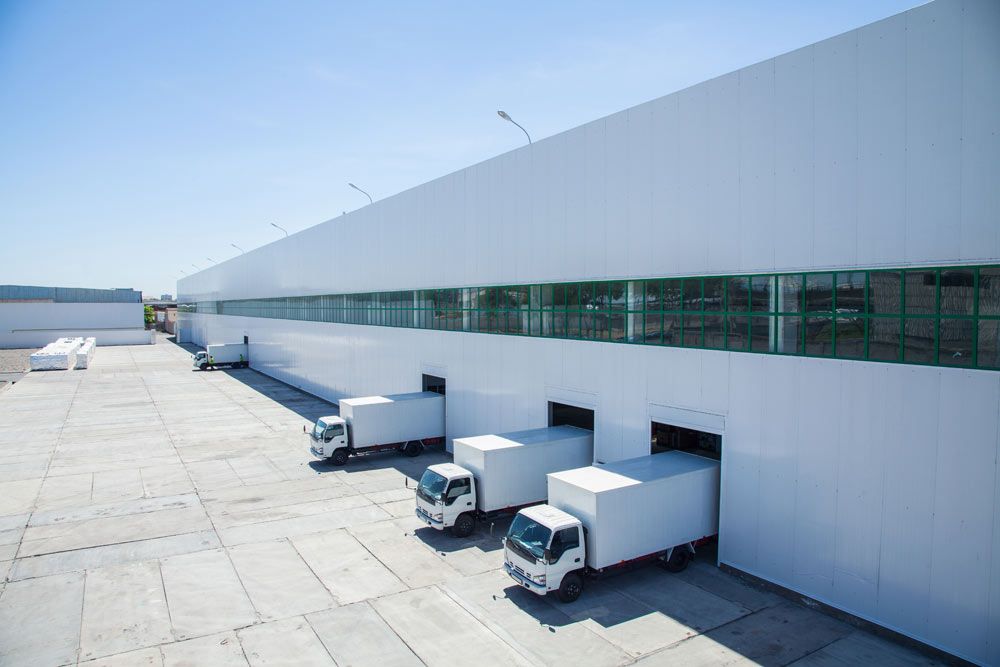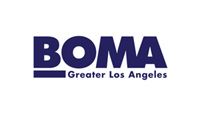
Risk is a natural and necessary component of both life and business.
However, risk tolerance is not the same from one individual or business to the next. Furthermore, risk level differs from one commercial property to the next. Buying, selling and investing in real estate clearly has inherent risk as no one can predict where the market will go in the short-term or across posterity. Though we cannot build more land and constructing commercial real estate is an expensive and time-consuming ordeal, there is no guarantee these properties will appreciate or even stagnate in value. Similar to other investments and businesses, there is risk inherent to commercial real estate as detailed below.
Risk #1: The Risk of Inflation
Can you imagine renting out a piece of commercial real estate to a tenant with a 10-year lease only for inflation to immediately kick in? This exact hypothetical situation could come to fruition in the months ahead following the government’s printing of “Trump Bucks” and “Biden Bucks” to stimulate the economy.
Though economic stimulation is certainly necessary, the problem with printing large amounts of money in a short period of time is it leads to inflation that ultimately makes money worth less. This means locking a tenant into a commercial real estate space at the value of money at the present moment in time can backfire if money becomes less valuable in the months and years ahead. As a result, plenty of those who lease commercial space favor shorter lease terms that present an opportunity to renegotiate at the end of the term to account for inflation.
Risk #2: The Risk of Changing Interest Rates
Interest rates are dynamic rather than static, meaning they change as time progresses. If interest rates decrease, commercial real estate owners who borrowed money through a loan to buy the property will have missed out on an opportunity to lock in a comparably low rate. However, those who patiently wait on the sidelines for the perfect opportunity run the risk of interest rates climbing, ultimately making properties that much more expensive when the climbing interest rates are factored into the cost of acquiring the property. Furthermore, there is risk in that refinancing debt when interest rates are high will prove that much more expensive.
Risk #3: The Risk of Tenant Default
Default risk, also known as credit risk, is a risk inherent to commercial real estate in that there is the potential for tenants to fail to fulfill their financial obligation in the context of paying monthly rent. Economic downswings, pandemics and lulls in business can cause tenants to pay their monthly loan late or fail to pay the loan at all. There is even a chance the tenant will permanently close its doors and move out of the location, creating quite the costly vacancy for the property owner.
Risk #4: The Risk of Liquidity
It is not easy to liquidate commercial real estate. Though it might be possible to pinpoint one or several interested buyers in a property up for sale within a couple days or weeks, there is no guarantee they will pay the ask price or actually close the deal as promised. Furthermore, it takes time to sell commercial real estate for fair value. This is not the type of asset you can flip in a single day or even a week’s time. Additional factors that play a role in the illiquidity of commercial real estate are the property’s specific location, its type and the fluctuations of the market.
Risk #5: The Risk of Potential Legislation
Legislative risk, sometimes referred to as regulatory risk, is fairly unlikely yet certainly possible. This risk refers to the potential for alterations in laws and regulations such as zoning. Such changes to laws and regulations are local as opposed to regional or nationwide. Aside from potential alterations in zoning, there is also the risk of building code alterations, changes to utilities and reduced access to public goods.


